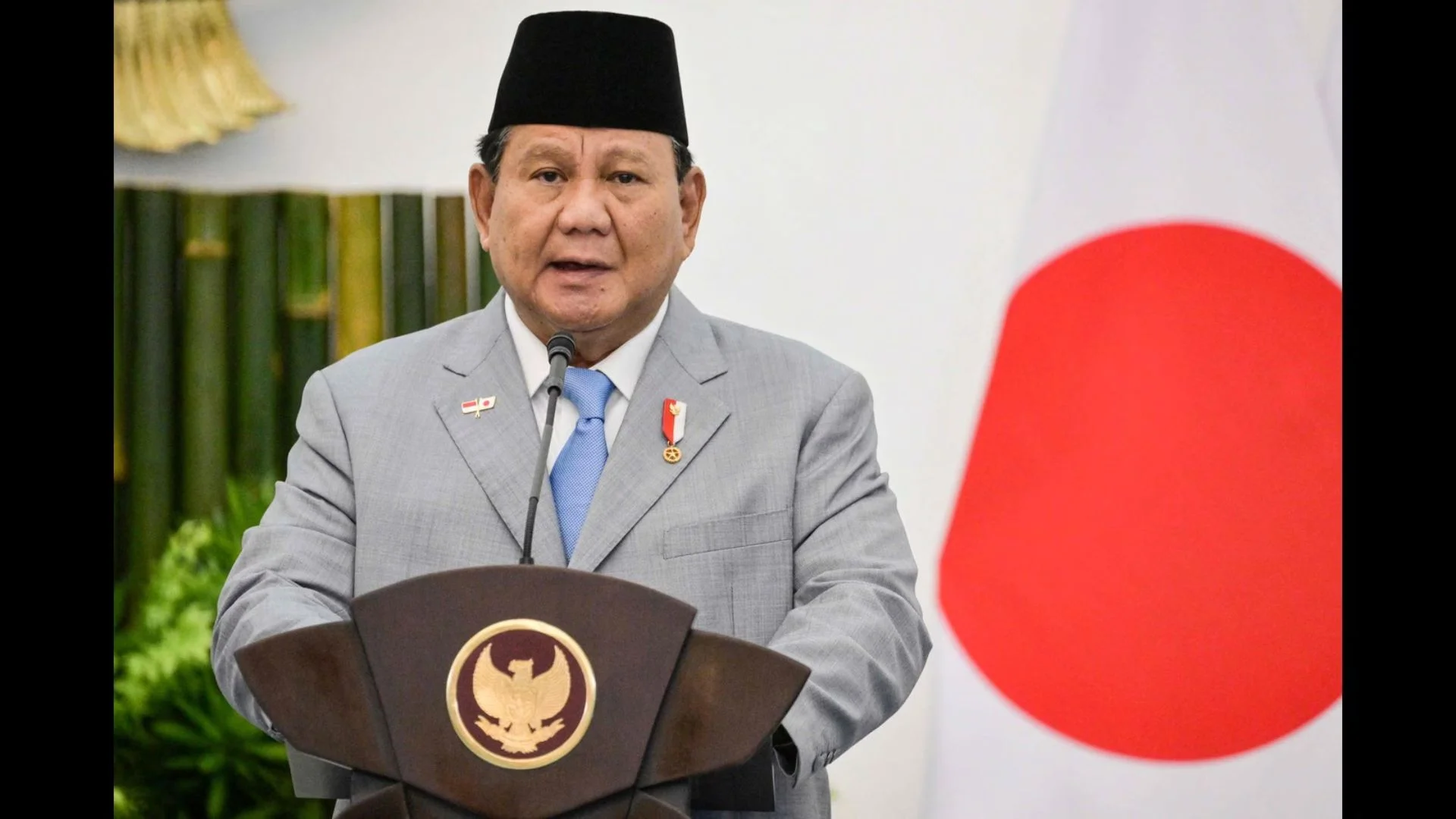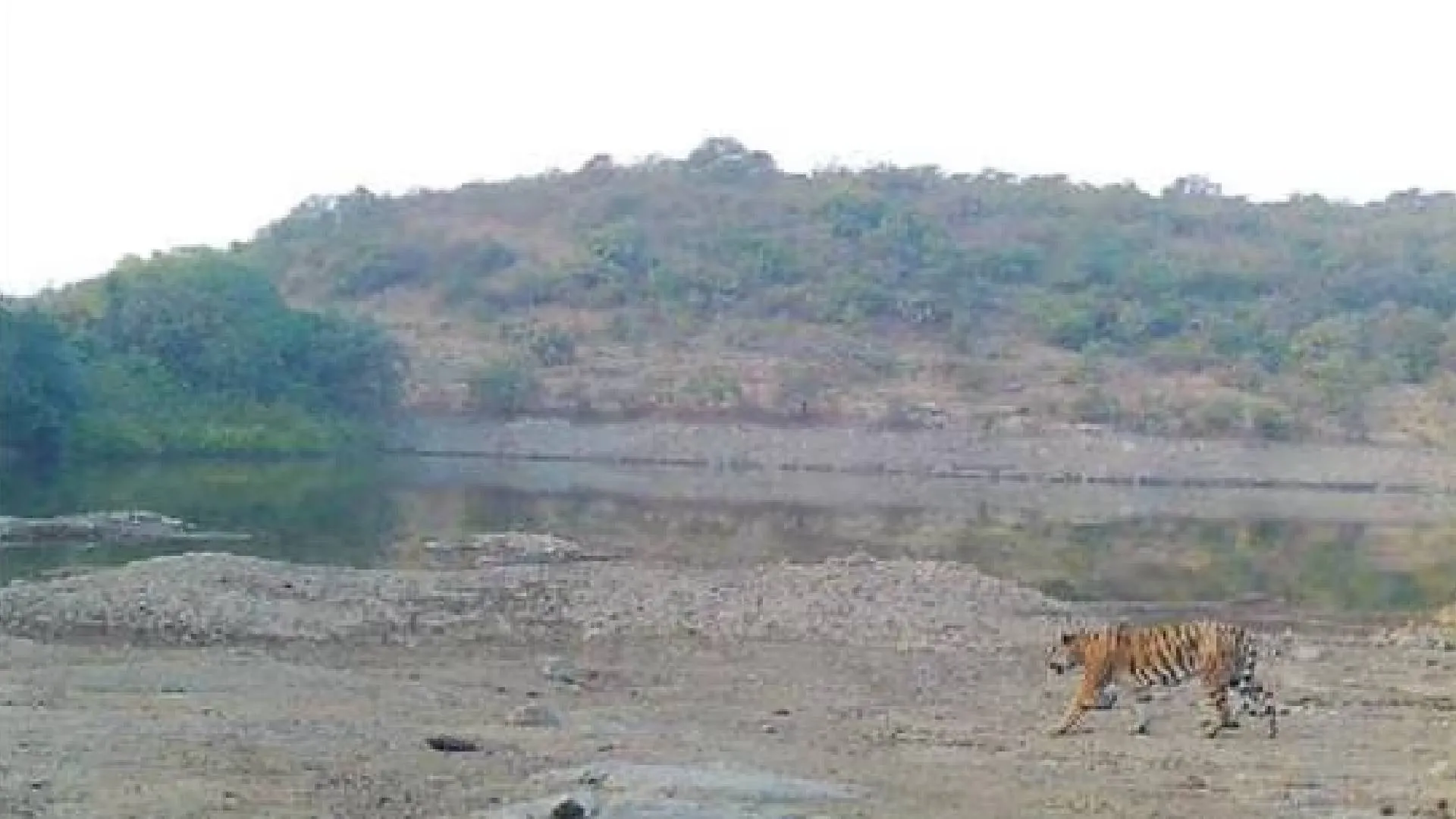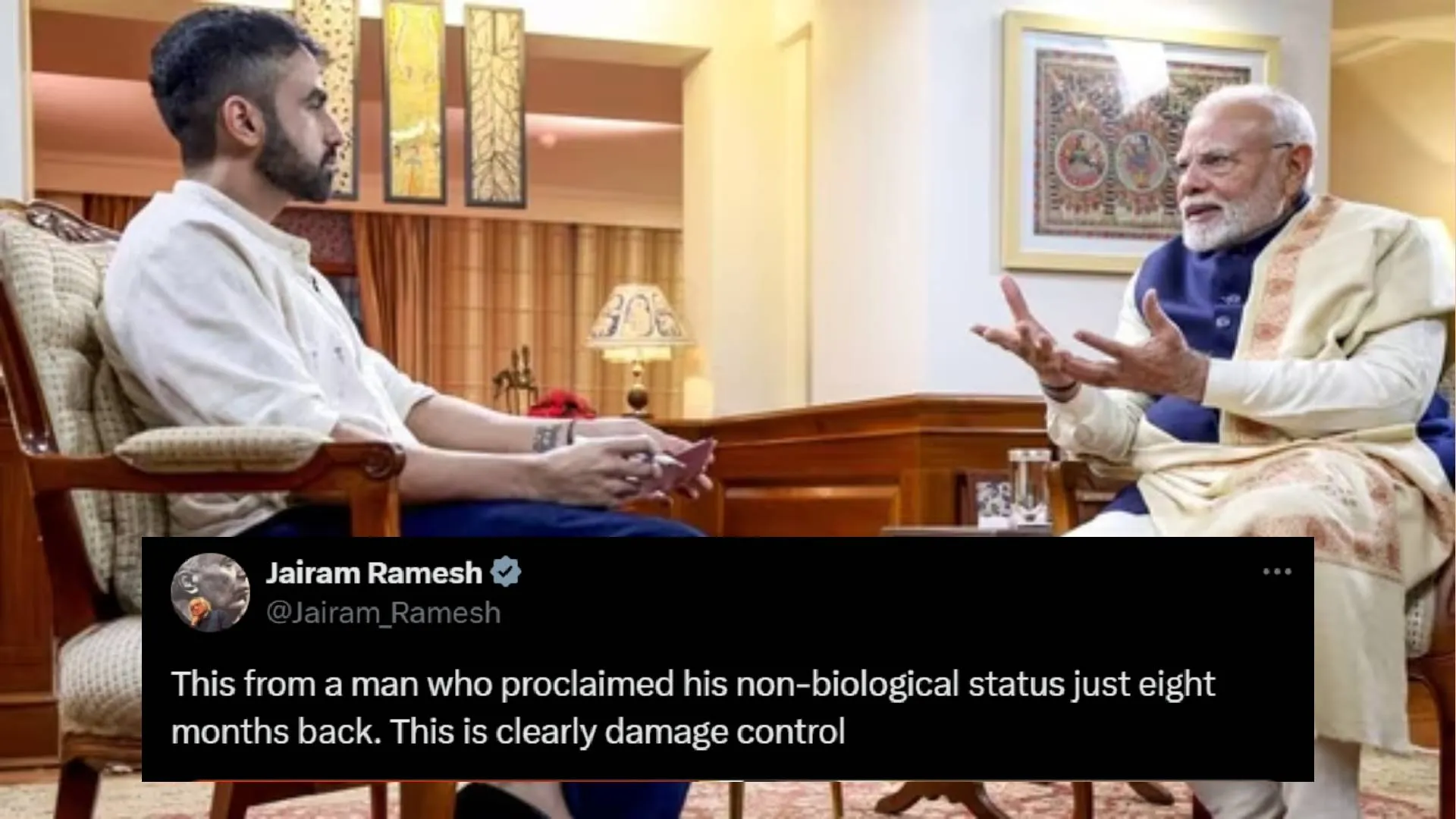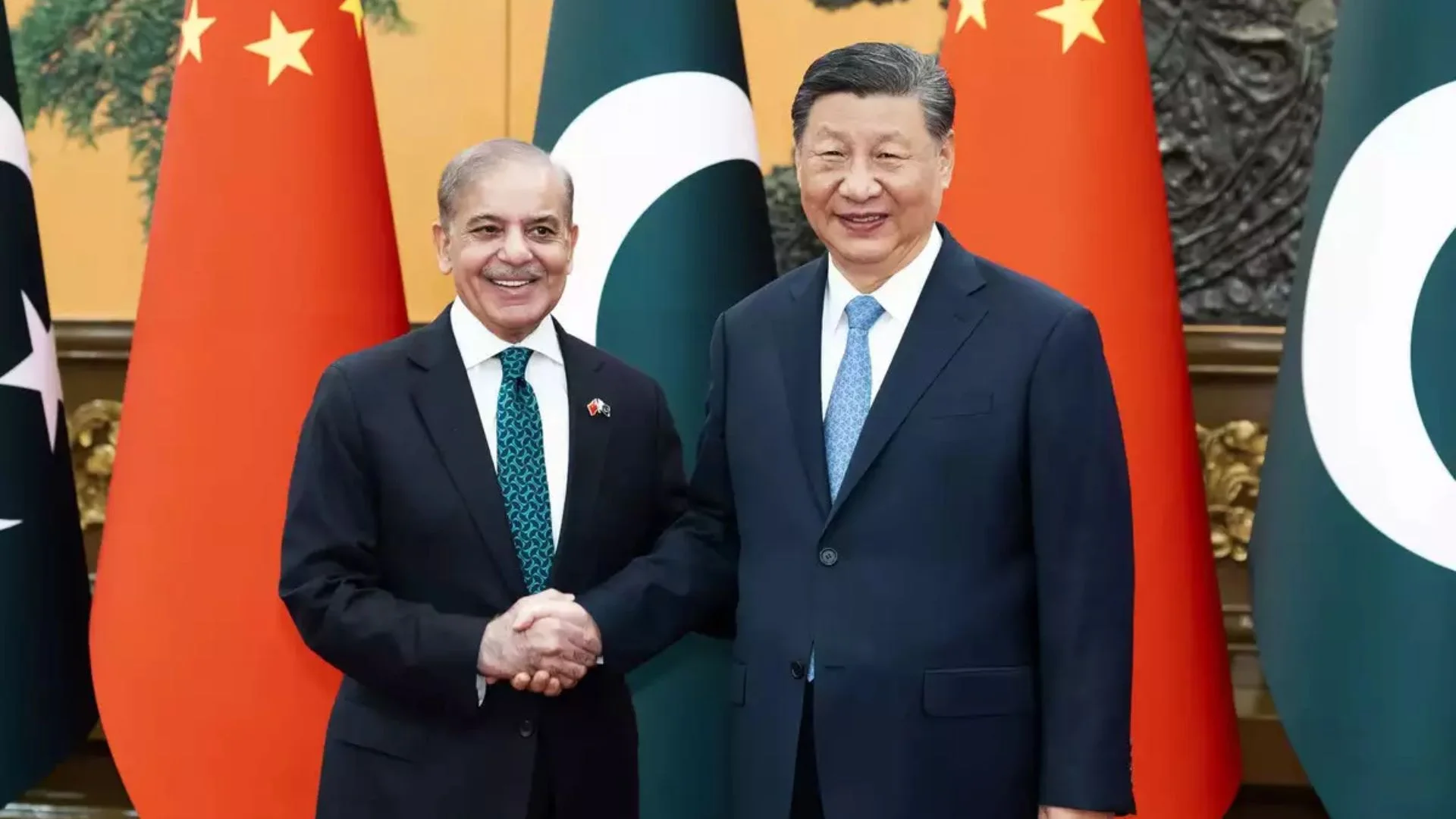An animated debate is happening about the consequences of the Covid-SARS-2 pandemic on the global economy. National and sub-national lockdowns have ground commerce in several goods and services to a halt. As per the World Bank, the global economy contracted by 4.3% in 2020. The IMF calculated this at about 3.3%. Sickness, death is likely to reduce workforce and productivity, and contribution to stagnation of demand. In the informal and gig economies, the flight of workers to the hinterland will also negatively impact labour-intensive sectors of the economy. This will reduce demand for credit and increase the likelihood of default. The scale of business is unlikely to insulate from such consequences. Economic uncertainly will tell on spending decisions such as car and house ownership, travel for leisure and vanity goods and services. Projected economic growth for 2021 and 2022 is lower than pre-Covid projections and driven by vaccines and fiscal support, the size of which varies between economies.
At the same time, the last year and a half have seen an explosion in online and platform-based services, such as remote working tools, especially virtual collaboration and meeting software, e-learning, entertainment, telemedicine and virtual medicine, online retail, logistics generally and home delivery of perishables and consumer durables and prepared meals in particular. There has also been an exponential expansion in pandemic related products and services such as vaccines, drugs used in the treatment of the disease and its complications, consumables (PPE kits, gloves, masks, sanitisers, diagnostic kits etc.), equipment (diagnostic facilities, ventilators and other respiratory support equipment, medical oxygen and its containers and transport etc.). Freelancing, electronics transfers, and certain gig jobs have also down well.
This narrow expansion is encouraging but inadequate to offset an overall slump in the economy. This will be especially hard on low- and middle-income countries where the number of people living in poverty will stop decreasing, or may even increase. Diversion of public expenditures to pandemic management will amplify this effect. Brookings Institution estimates that compared to 2019, 120 million additional people would be poor in 2020. Even as economies begin to recover after the pandemic, half of this increase (60 million) is likely to become permanent. In the short run, demands for protectionism, abrogation of trade agreements, hoarding of intellectual property, and on-shoring of jobs are likely to increase. This (by no means exhaustive) list of downsides need not be a cause for despair. Dark clouds over the horizon of most economies have a silver lining, which is my focus.
Techno-optimism has its pitfalls, but scientists, doctors, and other frontline workers need to be heard and heeded in a pandemic. I am happy to note that vaccine-deniers, charlatans, and conspiracy theorists have had a harder time rebutting the science-driven narrative this time than any other time I remember in a long time, although the battle is ongoing. The culture of science has also shifted towards faster research, collaboration, modelling and simulations. This greater receptivity can be used to make large investments in basic and applied research across the board. As a report by USA’s National Science Foundation observed in 1953, ‘It is truer than ever that basic research is the pacemaker of technological progress.’ Spin-offs from basic research have the potential of opening up whole new areas of economic activity and insuring nations against biological threats in the future. Research and healthcare-related employment are also likely to be more resistant to ‘task encroachment’ by intelligent machines and hence would provide greater stability to the labour market.
The fragility of material progress under the human and economic costs of the pandemic might catalyse a more receptive climate for widespread adoption of ideas like universal or conditional basic income, comprehensive health insurance and fiscal policies to reduce increasing inequality between the top and the remaining deciles of the economic pyramid. Agreements in these areas can provide a basis for strengthening a collaborative international order and for reimagining common human goals like the Sustainable Development Goals.
In the long history of our planet, five major mass extinction events precipitated by meteorite impact, volcanic eruption, and ice age, eliminated anywhere from 80 to 96 per cent of all species on earth. After each such event, the remaining species became varied and developed under evolutionary pressures into new species to fill the vacated and newly created ecological niches. These radiations restored the diversity of life. The impacts of pandemics on the modern interconnected global economic ecosystems can be analysed by the same principles. As pandemic waves buffet us, whole ways of doing business will become extinct. Entire sectors will become anachronistic and obsolete; not everyone will have the skills to adapt. The sectors that survive and thrive in this crisis will need additional nurturing to restore economic activity to pre-Covid levels and to chart a longer growth trajectory. This will require a shift in the emphasis of professional and vocational education, strengthening logistics and local supply chains, and making large public and private investments in research into promising and emerging areas.
Lockdown, working and learning from home, and isolation have changed the quantum and quality of engagement with technology all over the world. This is especially true for digital-first societies like India. The emerging cultural patterns can be used to accelerate the transition to a digital and digitally-enabled economy. Telemedicine is a good example. From a gimmicky offering for people living in under-serviced remote areas, it has become the principal method of seeking medical advice even in the cities during the pandemic. Attractive models have made the services of expert doctors available and affordable. Some offerings allow for escalation from primary to tertiary care physicians from the security and comfort of the patient’s home. This fulfils a promise that physical healthcare infrastructure made but often failed to deliver in developing societies. Well-structured forms and filters save time in filling out basic patient information. The compulsion of patients to seek teleconsultation during lockdown has synergised with the reluctance and/or inability of doctors to hold physical clinics; many on both sides may elect to stick with the arrangement even in the longer run. Similar trends are evident in other online services. This will drive greater efficiencies, promote competitiveness, and benefit producers as well as consumers. This might be an important step towards a more sustainable and interconnected world that is more resilient, a world in which innovations in one corner would quickly disseminate to the smallest and farthest corners of economic activity.
The capacity of a nation to harness these forces and opportunities would determine its prospects in the long run. It is far easier in a time of crisis when public opinion is more malleable and bold public policy options can be more freely explored. In the timeless admonition of Brutus,
“There is a tide in the affairs of men.
Which, taken at the flood, leads on to fortune;
Omitted, all the voyage of their life
Is bound in shallows and in miseries.
On such a full sea are we now afloat,
And we must take the current when it serves,
Or lose our ventures.”
The writer is a physician and an IRS officer. The views expressed are personal.






















